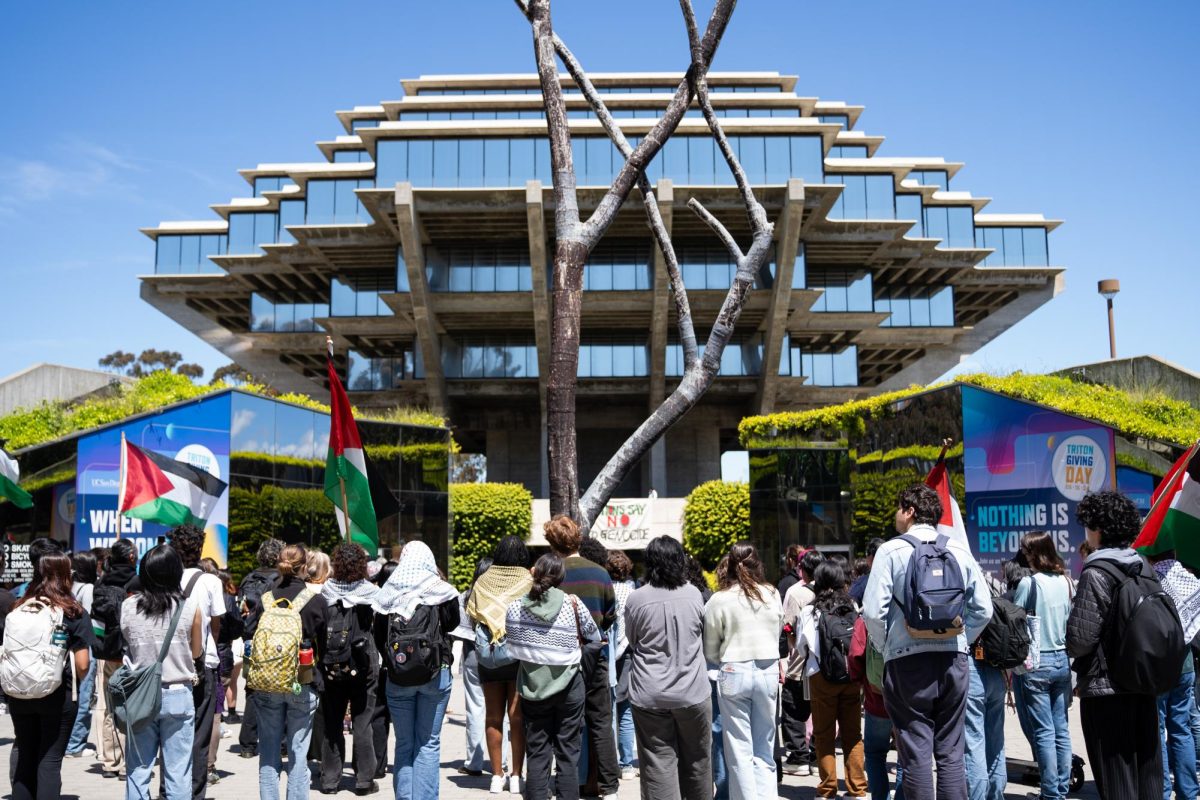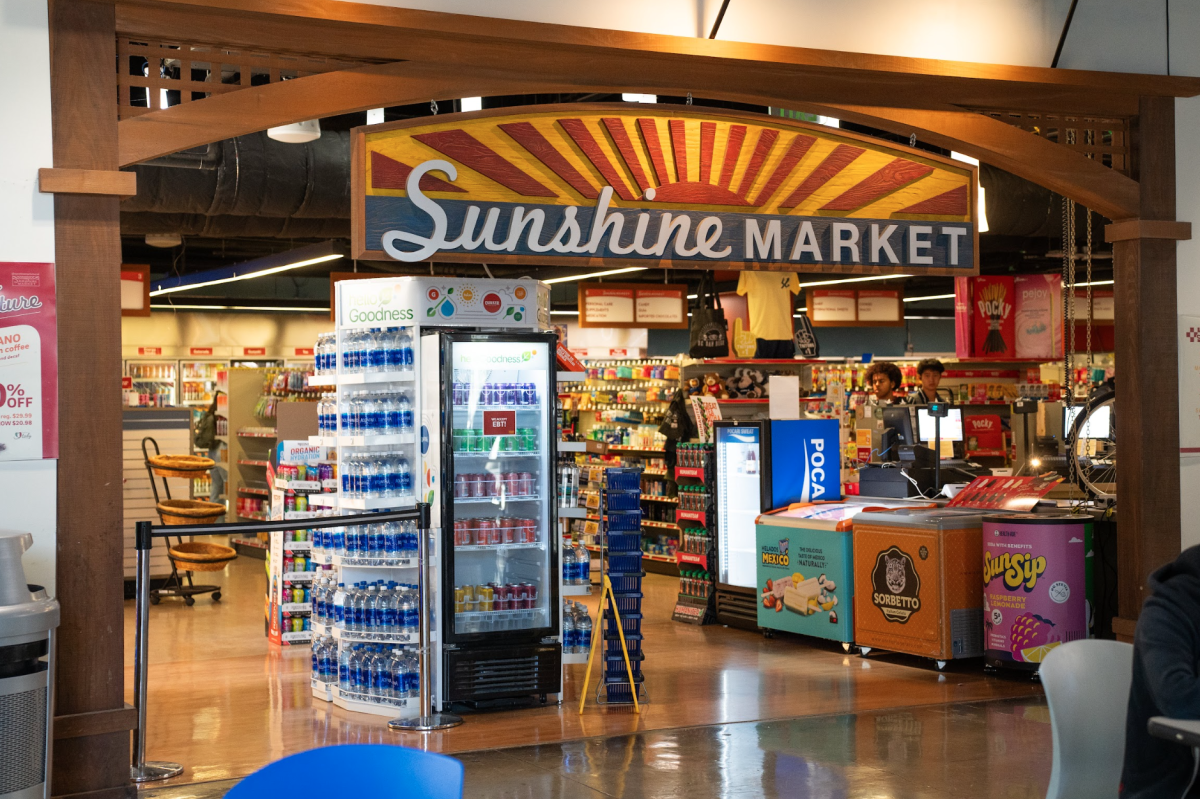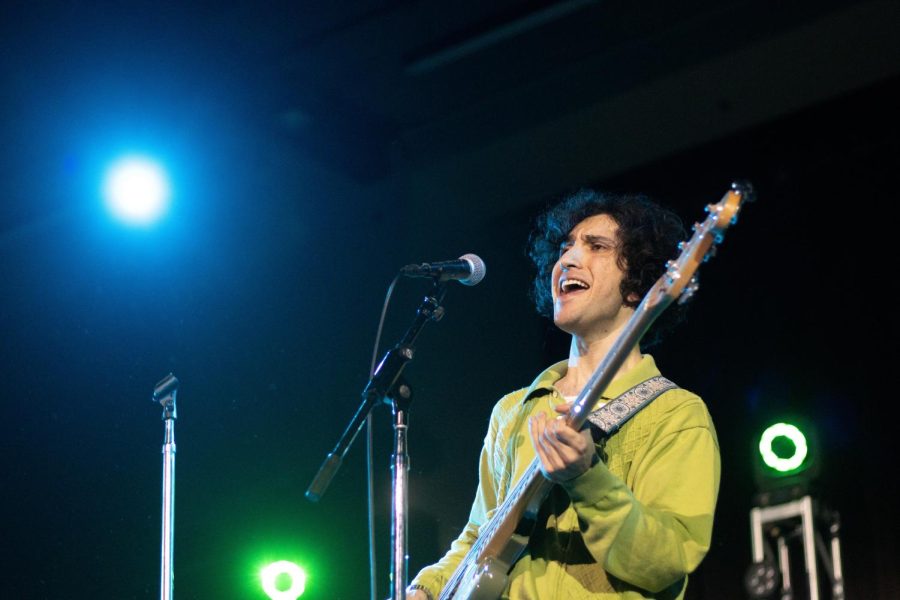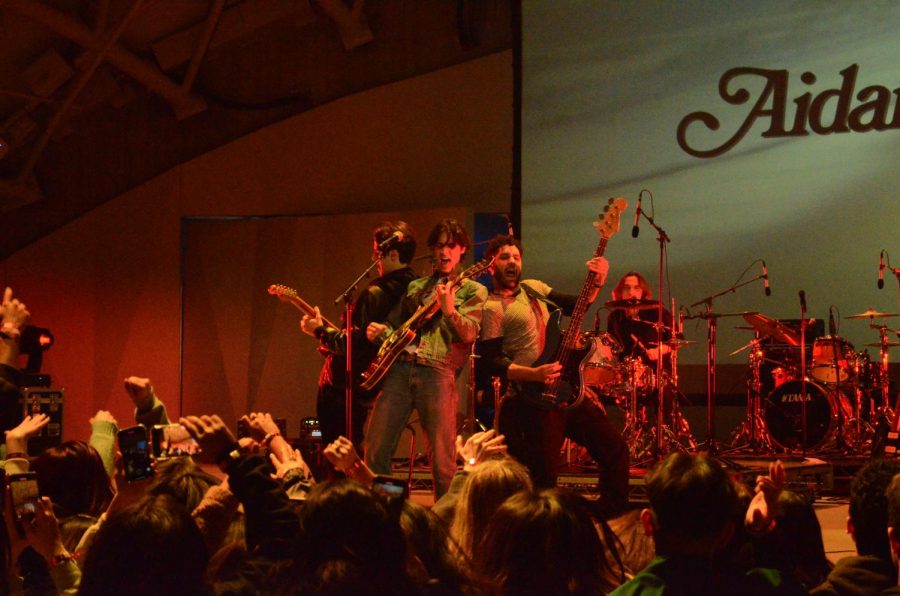UC Berkeley and UCLA have full summer sessions, so why don’t we? Many UCSD students ask this question as they grudgingly attend five-week summer sessions and face limited class options and tuition that financial aid does not cover.
Until recently, UCSD seemed on track to receive state funds for an improved and lengthened summer session. Those funds won’t be coming this year, however, leaving UCSD with only half of the state “buy out” this year and not enough time to put that money toward improving the 2005 summer session.
Associate Vice Chancellor of Undergraduate Education Mark Appelbaum tried to put an optimistic spin on the events, saying that “a student attending summer session three years from now” will enjoy “a first-rate summer session” at UCSD. That’s exactly what UCSD should be shooting for, but it’s merely a pipe dream at this point.
Students spending their summers at UCSD currently face limitations in library hours, class offerings, shuttle services and other student services we take for granted during the school year — not to mention a dead campus, since summer session is unattractive to all but those forced to take summer classes because of their four-year plans, double majors or other academic concerns.
A fair number of UCSD students attend UC Berkeley and UCLA’s summer sessions, but an equitable exchange with UC Berkeley and UCLA students isn’t happening, because UCSD’s summer session isn’t comparable to theirs. A full summer session at UCSD would draw in UC students from all campuses, easing the number of students necessitating UC Berkeley and UCLA’s full summer sessions.
The sooner university officials develop a uniform summer session across all UC campuses, the better. Only then will UC students be able to fully reap the benefits of attending a university with campuses spanning the state and fully transferable UC credits — summer is the perfect time to temporarily try out a different campus and a different set of professors and classmates without the commitment of going abroad.
Buying out UC summer sessions is also an important way to keep the various campuses on par with each other. Appelbaum let it slip that the state’s buy out of summer sessions at UCLA and UC Berkeley led to “a gross inequity between UC campuses.” UC administrators must force themselves to curtail building up those two campuses at the expense of other campuses before one or more UC campus loses standing because of neglect.
A full summer session would also ease academic burdens on students and affirm UC administrators’ supposed commitment to undergraduate education. With graduation goals and a practically useless summer session, it’s not unusual for UCSD students to go way over quarterly unit caps, taking five or even six classes a quarter. Having a full range of academic options would assuage overcrowding during the year as well as ease undue stress on students with lofty academic goals.
When UC President Robert C. Dynes talked to the Guardian on Jan. 24, he pointed out that full summer sessions are a cost-effective way to expand student access. They use existing facilities, and as Dynes said, “It doesn’t change the student-to-faculty ratio, and it doesn’t delete the quality and the student services that you’re going to want.”
That’s worth pondering as UCSD puts up multimillion-dollar buildings in Earl Warren College and UC Merced opens for business this fall. Building more facilities for an increasing number of UC students is a good long-term solution, but also an expensive one that takes years to come to fruition and doesn’t take advantage of existing resources — like, say, that large block of time between spring and fall quarters — that aren’t being fully utilized.
To ease the enrollment crunch that UC currently faces due to an ever-increasing number of students who are at the top 12 percent of graduating California high school classes and are thus guaranteed admittance to the UC system, a range of solutions must be offered. Expanding facilities is one; funding full summer sessions is another. With UCSD as the rising star of the UC system, we more than deserve a full summer session in 2006.
The bottom line is that UCSD’s summer session is nowhere near what it should be for a university of our standing. Rather than being taken over by youth camps over the summer, the UCSD campus should be the students’ to take advantage of year-round. Excellent summer sessions improve the standing of the university by easing overcrowding and aid students by expanding their educational opportunities. It’s a win-win situation that all UC campuses should consider.
The portion of state funding that UCSD will receive this year is a step in the right direction, but it still leaves this year’s summer session sorely lacking. Let’s hope the full funding comes through for next year so UCSD’s summers can meet their potential and alleviate the enrollment burdens on all UC campuses.







